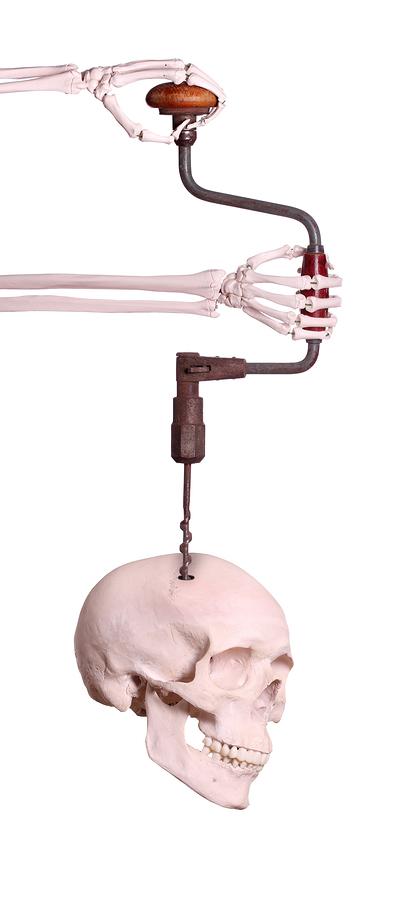Deciding to Have Orthopedic Surgery
Making the decision to undergo surgery should not be a process that is taken lightly. Before you reach a conclusion regarding a possible operation, you will have the input of several different healthcare professionals as well as your support network.
Read more
What Does it Take to Be an Orthopedic Surgeon?

Read more
How Best to Treat a Clavicle Fracture

The clavicle is a common place to experience an injury, especially a fracture, and deciding whether to operate on it or not can be tricky. The clavicle forms part of the shoulder and aids in the suspension of the arm. It is also referred to as the collarbone. Clavicle injuries are most commonly experienced during bicycle or automobile accidents and also through contact sports. It is so prone to damage because it there isn’t a large amount of muscle in this area, meaning it has less protection from impact.
Read more
Orthopedic Bone Drilling

Through extensive research experts have determined that the best orthopedic drill is one that has a split point and a quick helix. It is important to cause as little thermal damage as possible when drilling through bone and this is a prime consideration during the design process. If the area around a drill hole experiences a dramatic rise in temperature than this can negatively affect the healing process and even cause permanent damage. Infection is another risk factor and it is known that blunt drill bits are often the culprit for this temperature increase occurring. The angle at which the drill is applied is also an essential consideration of this type of orthopedic surgery.
Read more
Preventing Surgical Site Infections
A surgical site infection is something that can strike following absolutely any surgery! When this issue is experienced an infection will develop in the particular place on the body that the surgery took place.
Read more
Understanding Orthopedic Care
There are many reasons why you might require the services of an orthopedic doctor or orthopedic surgeon. The practice itself is predominantly associated with the treatment and care of the musculoskeletal system. This system is made up the muscles, tendons, bones and joints within your body. Today we are going to take a closer look at these parts of the body and learn a little bit more about them!
Carpal Tunnel: What is it and How to Treat it
Carpal tunnel syndrome affects a large number of people around the world. More common in those with jobs that involve repetitive motions, such as typing, this problem can be irritating and painful to deal with. Carpal tunnel syndrome causes feelings of tingling in the fingers, with numbness and potentially pain in the hands and fingers. These feelings develop over time, and feel particularly strong at night. Normally, the numbness or the pain is felt the most strongly in the thumb, index finger and middle finger. Sufferers can also experience pins and needles and a weakness in finger and thumb strength.
Read more
Reach for Your Goal with Basketball

Two teams compete in taking charge of an orange ball across a rectangular court and shooting it through the opponent’s basket to net goals. The basket is a narrow net suspended from a circular hoop placed ten feet above the ground against a backboard; one in each of the team’s courts. Goals add up to points and points to a winning game. No more than 5 players from each team may be present on the court at a time and unlimited substitutions can be made. Clad in jersey and shorts, taller players are preferred for the game but precision of netting the ball from a distance is the most requisite skill. The ball can be dribbled across the court to reach the opponent’s basket while their players defend the goal by trying to take charge of the basketball from the oncoming player.
Read more
AAOS Review Course
Recently, Dr. Hayden attended the AAOS Board Maintenance of Certification Preparation and Review course to ensure that he is familiar with some of the latest surgical techniques. Dr. Hayden works hard to provide great quality, high tech health care. Thanks for visiting!







